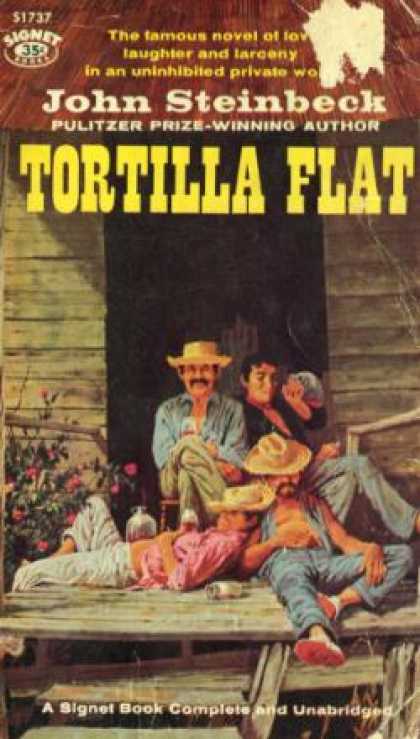Mickey Spillane’s Mike Hammer transcends toughness in his 1947 debut novel that sets the tone for this vigilante Private Investigator. Hammer’s attitude towards criminals is defined on page sixteen when he says, “They crack down on society and I crack down on them. I shoot them like the mad dogs they are and society drags me to court to explain the whys and wherefores of the extermination.” Is he tough are what? Clint Eastwood’s movie character, Dirty Harry , is close, but no cigar. Sam Spade in Dashiell Hammett’s The Maltese Falcon (1930) is strong, but fair. Philip Marlowe in Raymond Chandler’s The Big Sleep (1939) is resilient, but not a wrongdoer. Basically, Hammer displays a vicious rage against any violent crime. This 190 pound P.I. loves a brutal, vomit inducing stomach punch as much as he loves his sexy secretary, Velda. Although Hammer chooses to take the law into his own hands, he does respect the police, especially his best friend, Captain Pat Chambers of the NYPD Homicide Department. Hammer is very patriotic and an anti-communist. Okay, now you know what makes Mike Hammer tick.
In the opening chapter, Hammer finds out that his World War II Army buddy, Jack Williams, has been killed with a shot to the gut in his apartment. Williams saved Hammer’s life in the war by sacrificing his arm in a fight against a Japanese soldier in the Pacific Ocean Theatre. Hammer swears that the killer will die the same way Jack Williams did. The suspects were all at Jack’s apartment for a party on the night of the murder. Someone came back after the party and shot Jack to death. Why? The murder suspects include Hal Kines (supposedly a medical student), George Kalecki (a ex-bootlegger), the twins, Mary and Esther Bellemy (Mary being a nymphomaniac), Charlotte Manning (a beautiful psychiatrist), and Myrna Devlin (Jack’s fiance). In the ensuing chapters, some of these people will be killed and one is the killer. Now I was fortuitous, because I figured out who the killer was, but I chalk it up to beginners luck. The text and terms was very reflective of the times; such as, the automat (the coin operated eatery), a divan (a couch), a wench (a girl), a fin ( a five dollar bill), dames (ladies), and of course everybody is smoking cigars and cigarettes. This was special reminiscing of the times, but not the racism of the period. The terms “darky” and “colored” are not endearing words. On page 62, Big Sam, a bartender says to Hammer, “Howday, Mistah Hammah. Glad to see yuh. Long time since yuh done been in dis part of town.” Did Spillane have to use that lingo? Unfortunately, it was common for those times.
The 1920s-1950s produced many detective novels, featuring (other than the above mentioned), Lew Archer in Ross Macdonald’s The Moving Target (1949), Hercule Poirot in Agatha Christie’s The Mysterious Affair at Styles (1920), and Nero Wolfe in Rex Stout’s Fer-de-Lance (1934). But none of these P.I’s had Mike Hammer’s unforgiving attitude. It’s best displayed on page 73, when talking to Charlotte Manning, he says, “I got an obsession though.” She says, “You have? I can’t imagine what it is.” Hammer says, “I want a killer. I want to shoot a killer.” There you go, that’s Mike Hammer. This novel was recollective of the times, even though some of the text was chauvinistic. I enjoyed this novel and recommend it to any reader who wants to be a student of the different genres and times in American literature.
RATING: 5 out of 5 stars
Comment: Mickey Spillane sold over 225 million copies of his novels, and although his novels were a world away from Ayn Rand’s thoughts (Atlas Shrugged ), they were great fans of each other. Go figure!
Mickey Spillane, as Mike Hammer, courtesy of www.tumblr.com.
